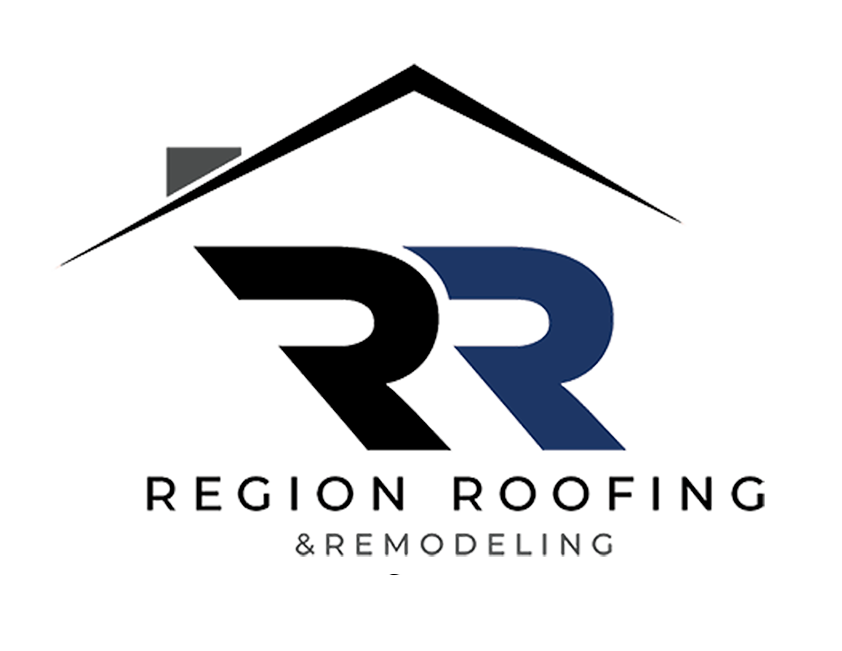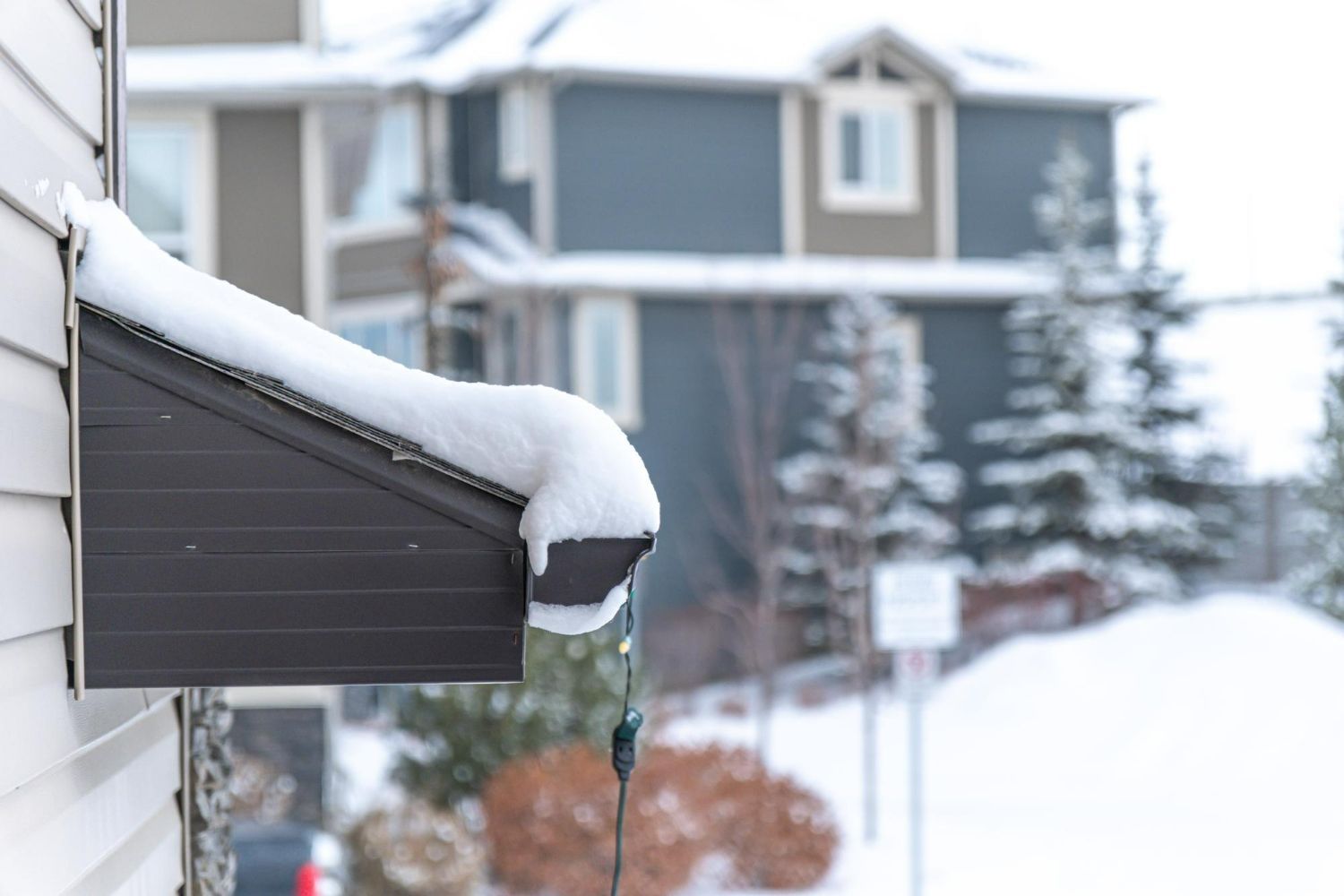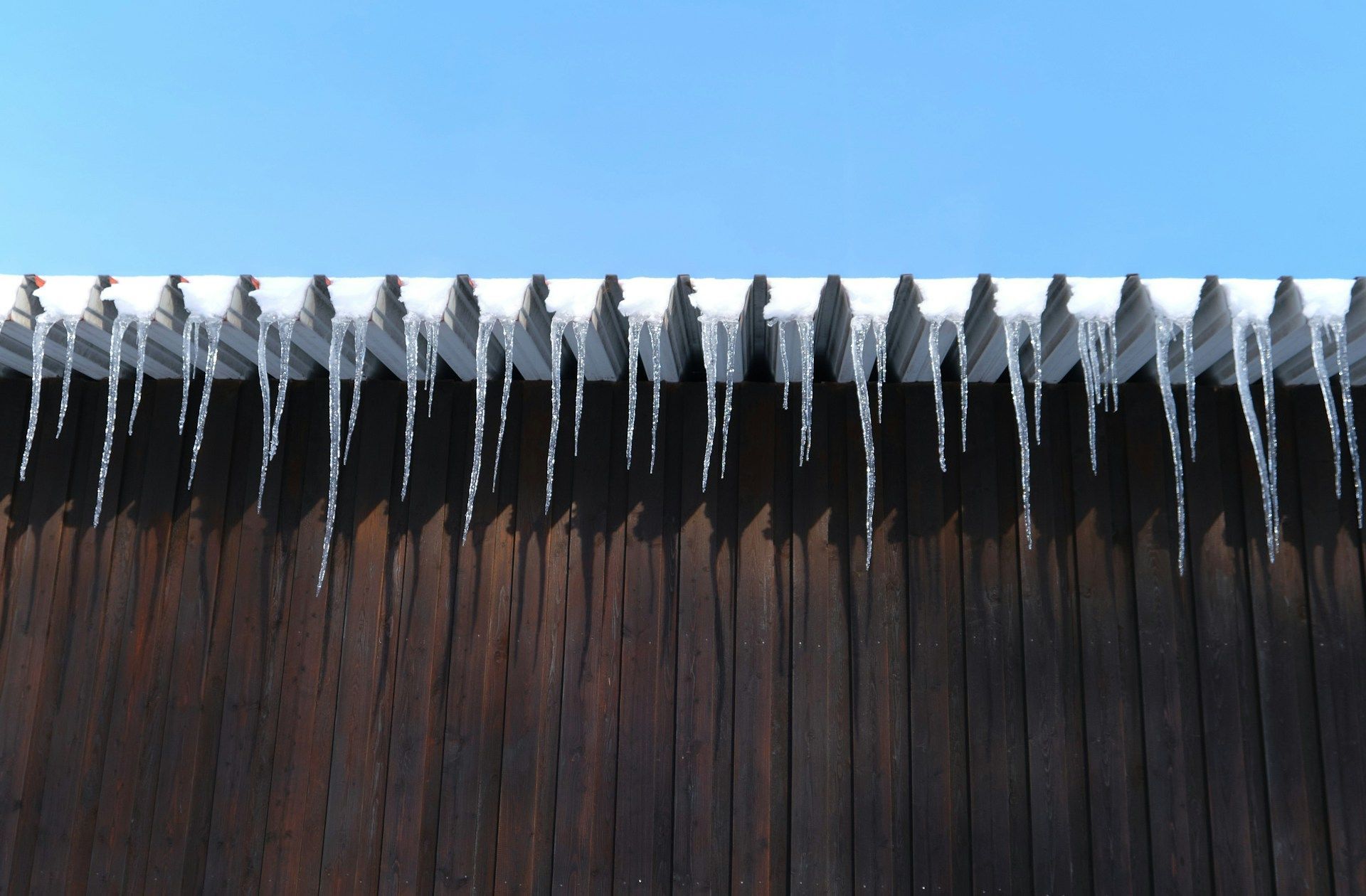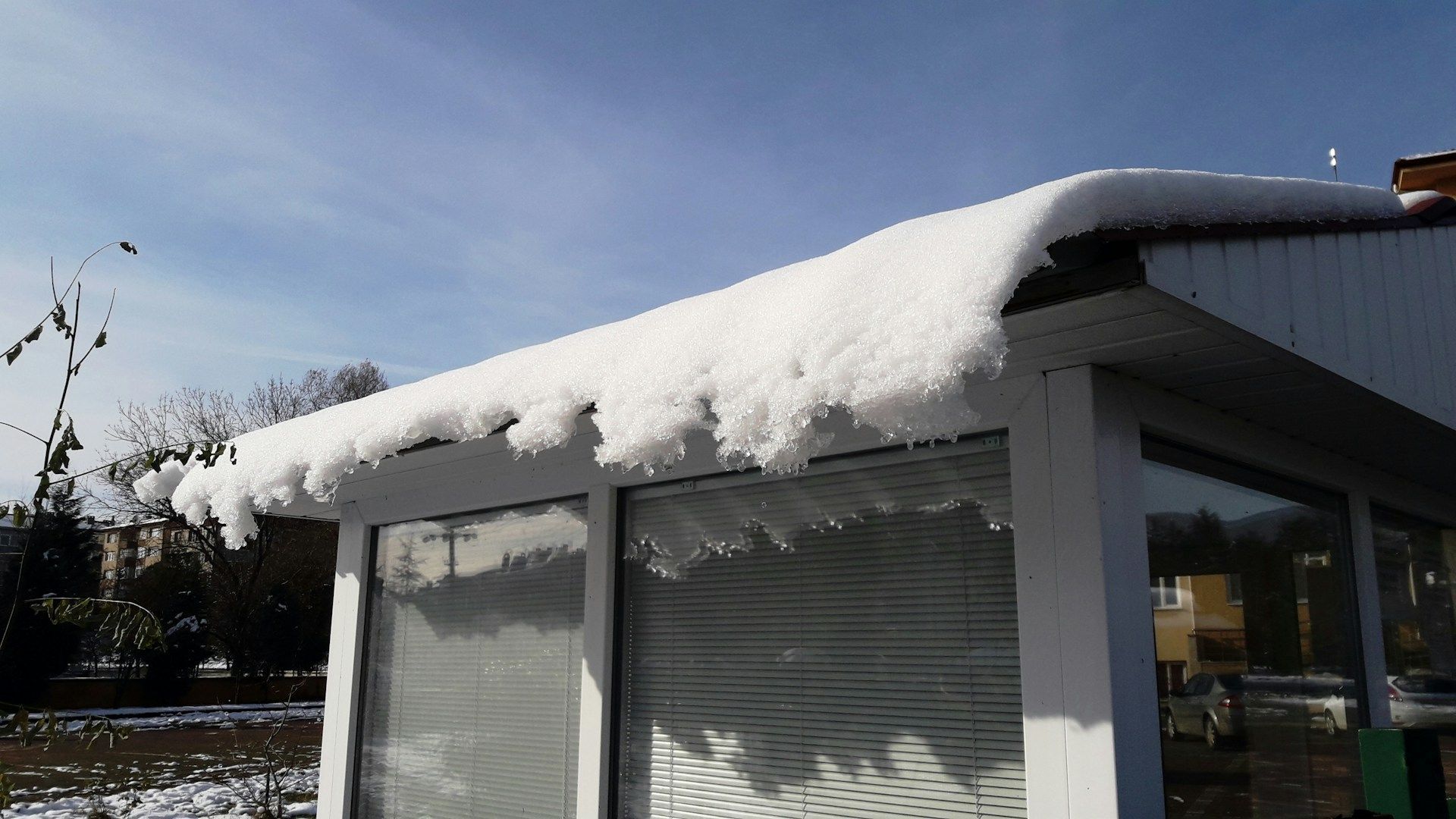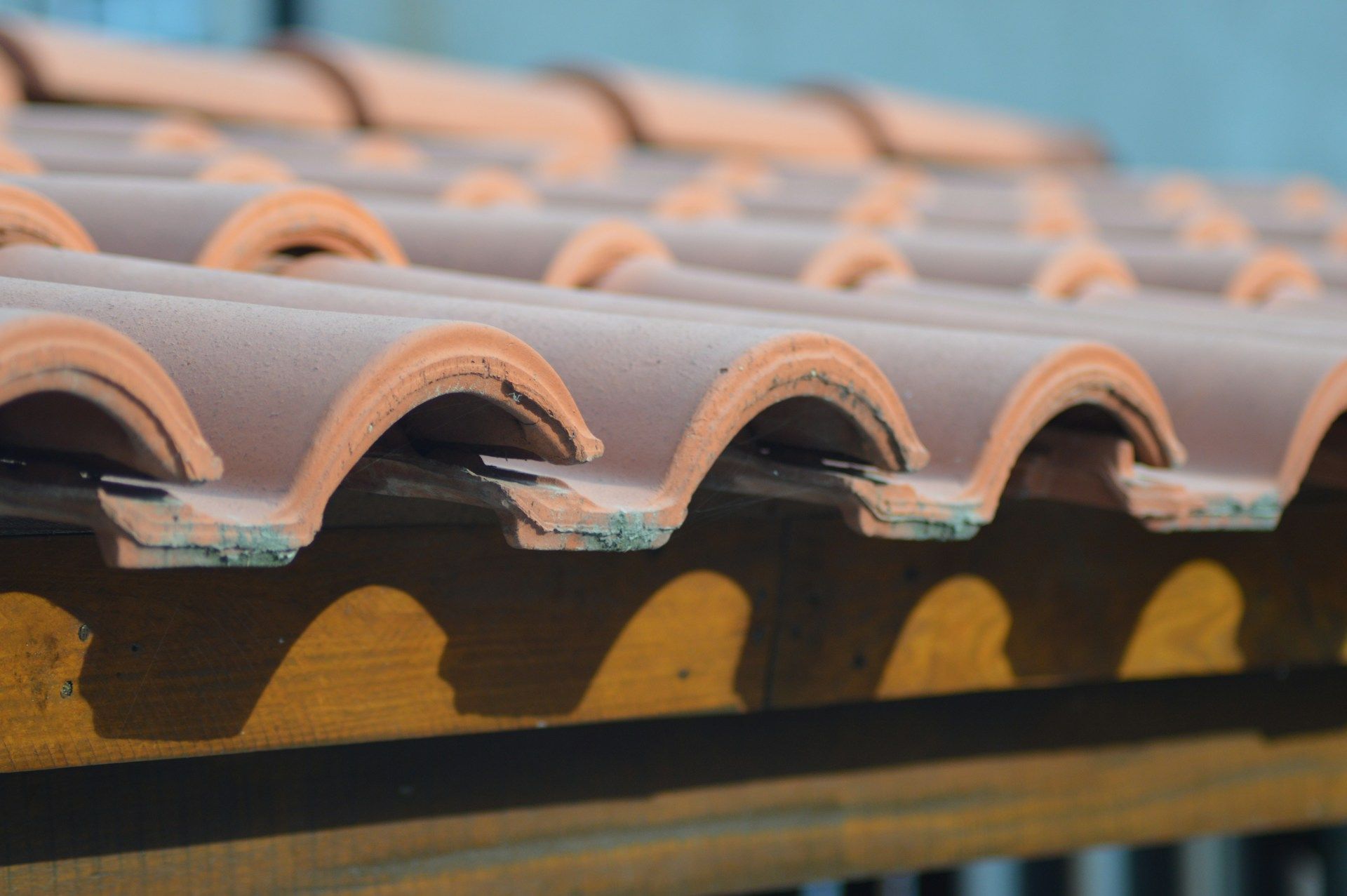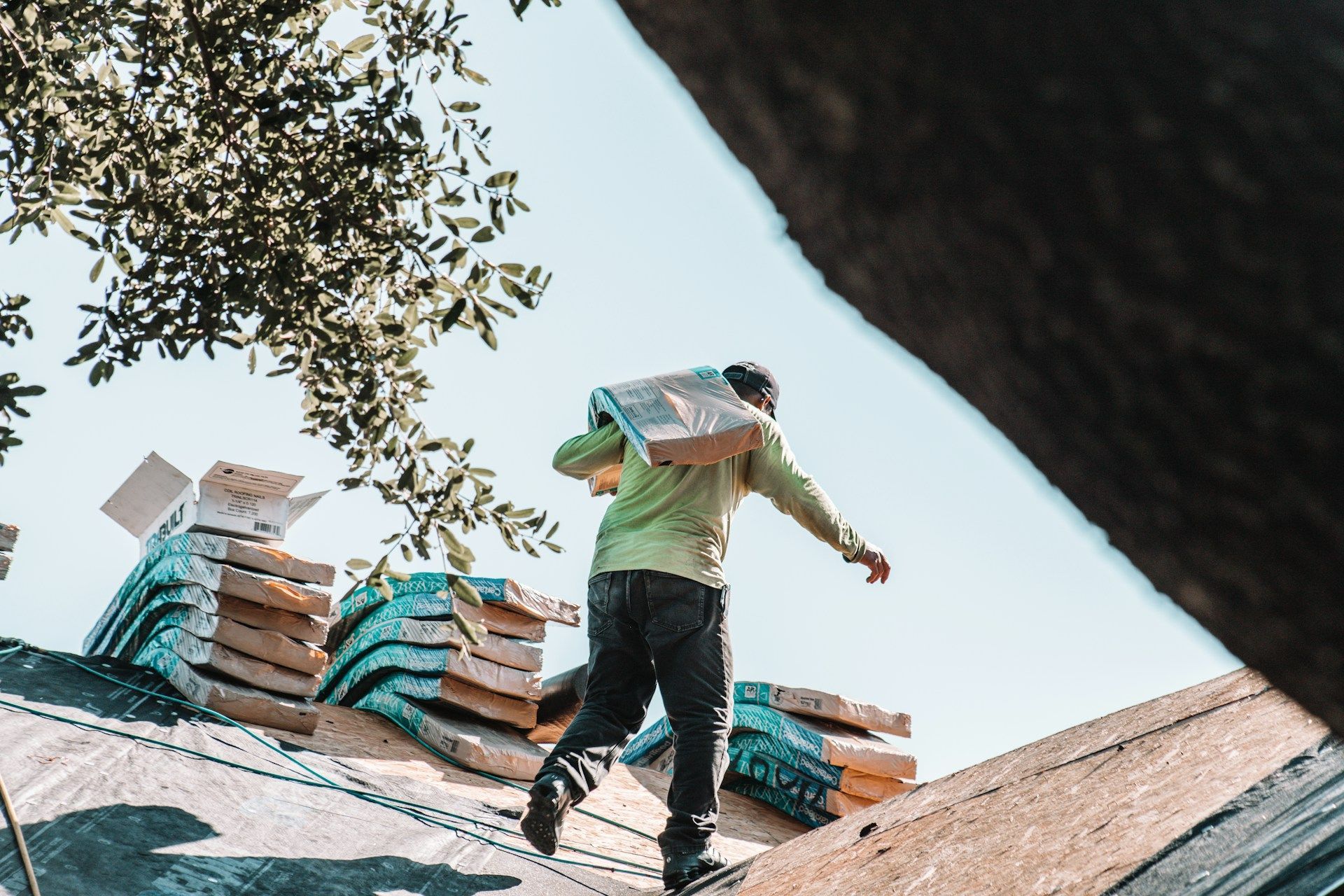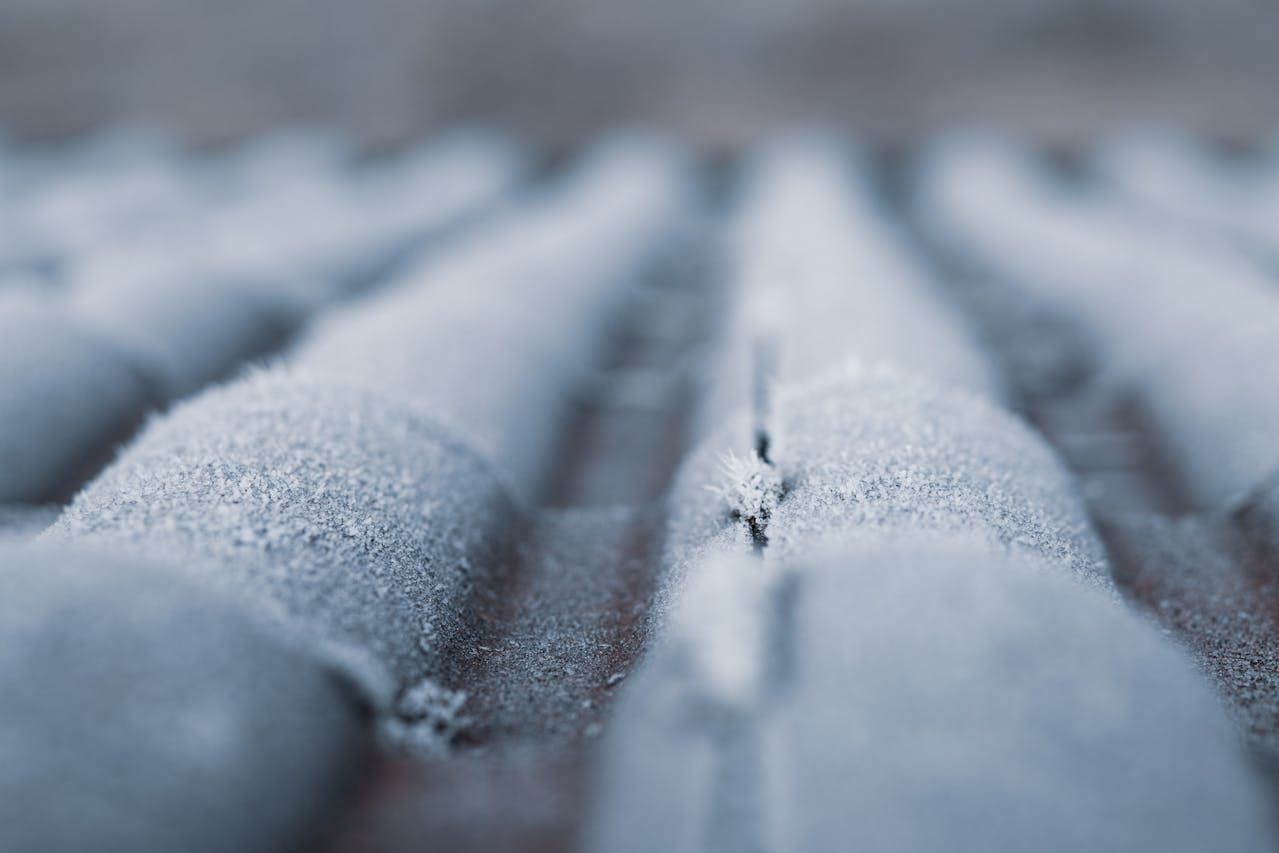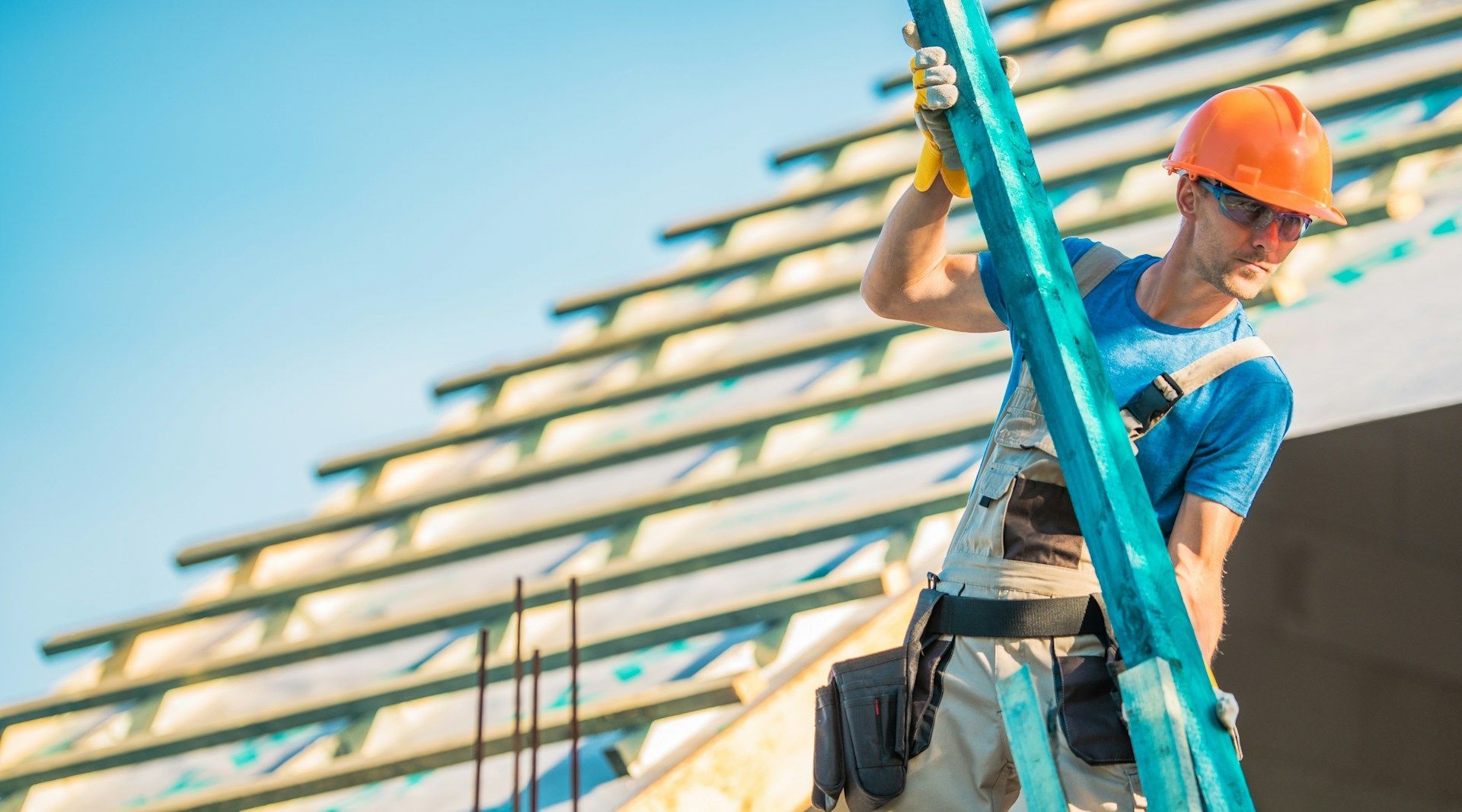Flat Roof Drainage Problems in Commercial Buildings
Flat roofs are common in many commercial buildings across Chicago, but their design can create problems if water isn’t properly drained. Unlike sloped roofs, flat roofs don’t allow rainwater to run off easily. When water lingers, it builds up and puts added pressure on the roofing system, potentially leading to leaks, cracks, and other structural damage. That’s why drainage needs to be a top priority for property owners and building managers.
Summer storms and flash rains can put added stress on a commercial flat roof, especially if the drainage system isn’t working like it should. Even small ponding areas can lead to larger issues over time. Timely fixes go a long way in preventing costly repairs later. This is where hiring experienced commercial roofers in Chicago becomes important. They can identify the root of the drainage problem and take steps to restore proper flow before water damage spreads.
Common Drainage Problems
Drainage issues can show up in several ways, and pinning down the source can be tricky without knowing what to look for. The good news is, most problems come down to a few usual suspects.
1. Blocked Drains or Scuppers
Water needs a clear pathway to leave the roof. If drains are clogged with leaves, roofing debris, or even plastic wrappers, water starts collecting around the block. It’s easy to miss until that ponding water has done its damage.
2. Poor Roof Slope
Even a flat roof typically has a minor incline to help send water to the drains. But if the slope is off or has shifted over time, water may begin to pool in low areas.
3. Collapsed or Deteriorated Insulation Layers
The insulation under your roof can compress or become saturated, causing dips that retain water. Over time, standing water wears away at the membrane and affects the structure beneath.
4. Faulty Flashing or Seals Around Drains
When flashing or seals around the drains begin to fail, water can seep into the layers below. What may start as a faint drip indoors could actually be a long-term leak around an old drain seal.
These types of drainage problems can weaken your entire building. Standing water degrades surfaces over time, and even minor leaks can lead to mold, damaged insulation, or electrical risks. Regular attention and early detection help avoid much bigger damage and cost in the future. With Chicago’s snowy winters and sudden summer rainstorms, drainage issues can crop up fast. Quick action keeps your system working and protects everything inside your property.
Identifying Signs Of Drainage Problems
Flat roof drainage problems don’t appear out of nowhere. They tend to start off small and get worse when ignored. Building owners and managers can save time and money by spotting these signs early.
Here are some common warnings to watch for:
- Water pooling more than 48 hours after a storm
- Brown or wet ceiling tiles indoors
- Soft or sagging areas on the roof surface
- Plants, moss, or algae growing near drains or scuppers
- A musty or damp smell inside after rain
It’s worth walking your roof, especially after a strong storm. You might see standing water that hasn’t drained or clogged scuppers filled with debris. These small issues, if left alone, lead to larger ones like leaks or membrane damage. And when the Chicago weather hits hard, those little problems can quickly build up.
Indoor clues, like ceiling tile stains or a moldy smell, can point to hidden trouble above. Moisture leaking inside might mean water is trapped under the roof. This can create problems for HVAC systems, drywall, and even the structure itself. Having commercial roofers in Chicago perform inspections throughout the year helps catch damage before it spreads. Their experience makes it easier to find hidden drainage problems and fix them early.
Solutions To Flat Roof Drainage Problems
The right fix depends on what's causing the water problem. Small or early-stage issues are generally easier to repair, while long-term damage could call for more involved work.
Here are a few ways commercial roofers in Chicago address drainage issues:
- Removing blockages from scuppers and drains
- Re-sloping areas of the roof that have sunk or moved
- Replacing insulation that has become compressed or waterlogged
- Repairing or resealing leaks around flashing or drains
- Installing upgraded drainage systems or tapered insulation where needed
A quick repair can help for the moment, but if the root problem isn't solved, water will likely return. For instance, if a drain keeps clogging, clearing it out won’t stop future backups unless the area is redesigned or elevated to keep debris away. A professional team takes the time to assess the entire drainage system to make sure it works beyond the next storm.
It’s better to invest in long-term fixes that prevent recurring damage than to patch it over and risk more trouble down the line. Good contractors don’t just spot the visible issue. They check drainage paths, slope direction, insulation integrity, and overall design to make sure it all works together.
Preventive Measures You Can Take
Knowing where drainage issues usually happen makes it easier to prevent them. Prevention saves money and avoids downtime caused by water damage.
Here are simple steps that help prevent most common issues:
1. Schedule flat roof inspections twice a year
2. Clean out all drains and scuppers ahead of rainstorms
3. After windy weather, check and remove any new roof debris
4. Seal up any minor holes or cracks before water gets inside
5. Monitor sealants and replace them before they begin to peel or crack
Choosing the right materials can also make a difference. For example, using tapered insulation helps move water to drains instead of trapping it in puddles. Making sure your roof design includes a proper slope helps prevent standing water. Both of these upfront choices reduce the odds of drainage trouble later.
Most problems come from skipped cleanups or unseen wear and tear. A seasonal maintenance plan, even if simple, pays off by keeping water from pooling and weakening the roof system. Good habits, like checking scuppers, patching early damage, and staying ahead of wear, go further than emergency repairs.
Keeping Your Flat Roof Working Year After Year
Flat roofs on commercial buildings in Chicago face a lot of weather changes. From summer storms that bring heavy rainfall to freezing winters that can cause expansion and cracking, having a reliable drainage system is key to a dry and strong building.
Fixing clogged drains or uneven areas is important, but keeping the roof in good shape long-term means paying attention on a regular basis. Watch for warning signs, schedule cleanings, and follow up after each big weather event. Staying ready keeps your roof doing its job and avoids extra costs from big repairs.
Roof maintenance shouldn't stop after a repair. Once drainage issues are solved, ongoing upkeep makes sure they don’t come back. Long-standing damage and repeat leaks can often be traced to small problems that were never fully fixed or inspected regularly.
If your roof has seen past issues or you’re not sure how well your drainage system is working, now is a good time to get it checked. A flat roof is a smart choice for many commercial buildings, but like any system, it works best when it’s looked after year-round. Drainage is one part of the puzzle, but it’s one of the most important pieces in making sure your roof keeps doing its job.
For those looking to ensure their commercial building is well protected against drainage issues, reach out to the skilled team at Region Roofing & Remodeling. Our
commercial roofers in Chicago have the expertise to keep your flat roof in peak condition, no matter the weather. Let us help safeguard your investment with professional care and solutions tailored to your needs.
